RF & Microwave Engineering Blog Posts
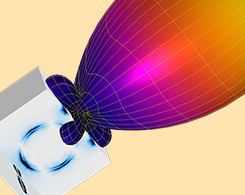
Optimizing the Performance of a Dielectric Resonator Antenna
Dielectric resonator antennas (DRAs) have a storied history that began in the 1800s. Today, they are used in satellite, radio, and nanophotonics, and even show potential in 5G communications.

Investigating a Three-Port Ferrite Circulator Design with RF Simulation
Get a quick introduction to microwave circulators and modeling them with the RF Module. The featured example is a three-port ferrite circulator.
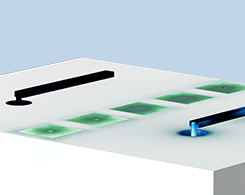
Studying the Decoupling Effect of Electromagnetic Band Gap Structures
Electromagnetic band gaps (EBGs) can suppress unwanted EMI and increase desired EMC between antennas, improving their performance. Learn how to study this decoupling effect via simulation.
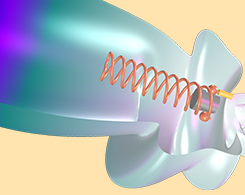
Analyzing Operating Mode Options for Helical Antennas
Simple but effective, helical antennas are used in smart implants, RFID, radio, GPS, space probes, and more. You can use RF simulation to analyze the operating mode options for these antennas.
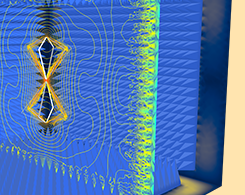
Smart(er) Healthcare: Designing RFID Tags for Biomedical Applications
Bioengineering meets RF simulation in this blog post about designing RFID systems that can be used for safe and optimized patient care.
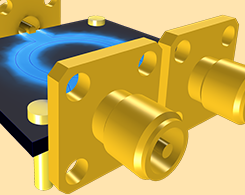
Simulating an SMA Connector on a Grounded Coplanar Waveguide
SMA connectors are used in cellphone antennas and PCB testing. To optimize their performance for a specific use, electrical engineers can evaluate their designs with simulation.
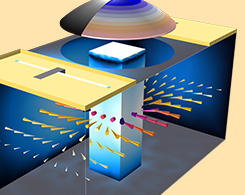
High-Fidelity Modeling of a Tunable Filter via Multiphysics Simulation
Tunable cavity filters can enhance the development of high-speed, wireless communication networks. To optimize these devices for such a purpose, we can turn to high-fidelity modeling.
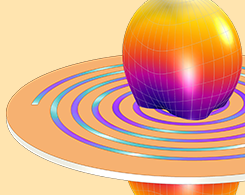
Designing Spiral Slot Antennas with Electromagnetics Simulation
Spiral slot antennas have nearly perfect circularly polarized radiation and wideband frequency response, and they can maintain a consistent radiation pattern and impedance over large bandwidths.
